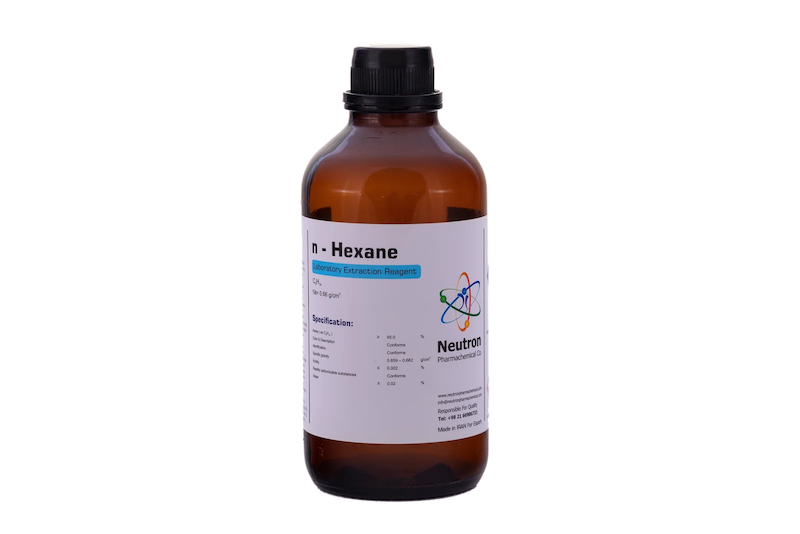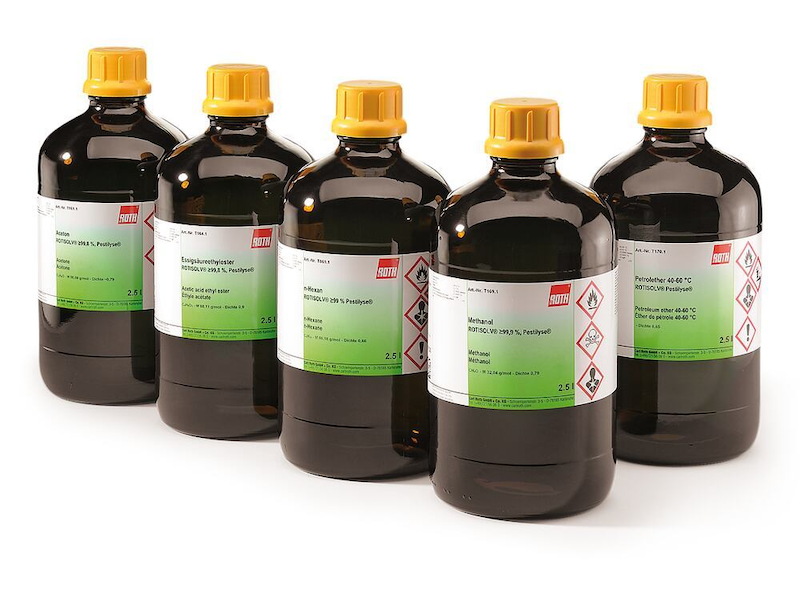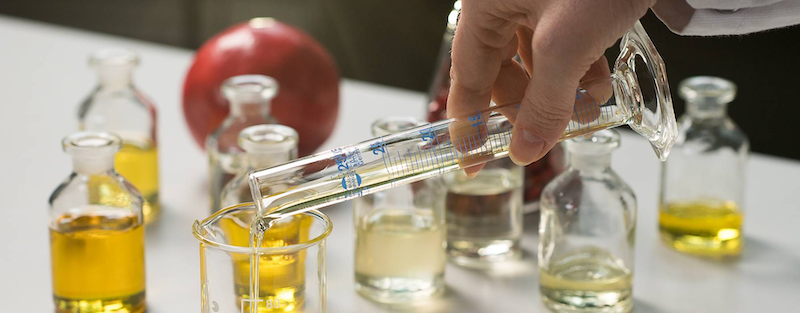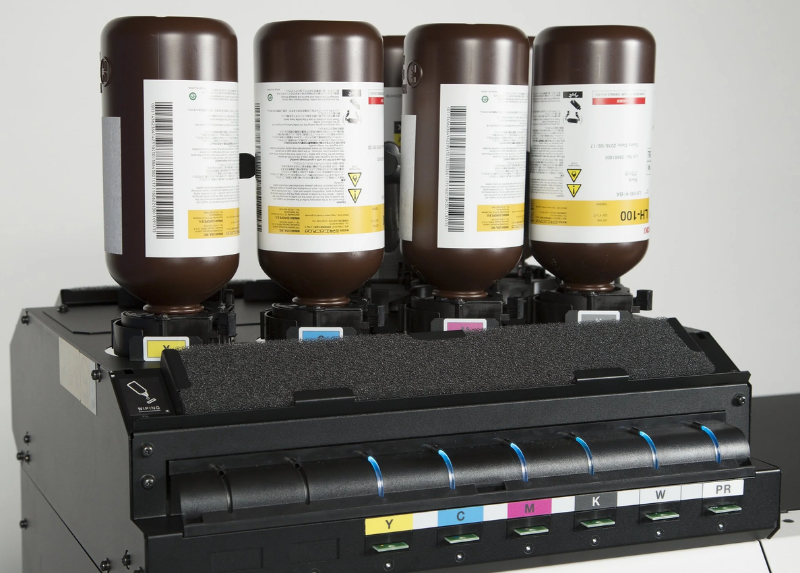What Is n-Hexane (C₆H₁₄) Used For? Properties and Practical Applications
14/07/2025
|
Industry news
n Hexane Solvent is one of the most common organic solvents, widely used across various industries. Beyond its role in laboratory research, n-hexane is also applied in industrial production, food processing, cosmetics, and many other sectors. So, what exactly is n-hexane? What are its notable characteristics, and how is it applied in real-life contexts? Let’s explore this solvent in detail below.
What is n-Hexane Solvent?
n-Hexane is a chemical compound in the hydrocarbon group, specifically an alkane with the chemical formula C₆H₁₄. It is a colorless liquid with a mild gasoline-like odor and is commonly used in industry as a solvent for extraction, dissolution, or cleaning. n-Hexane is typically derived from petroleum and has non-polar properties, making it suitable for dissolving fats, oils, and certain other organic compounds.

Notable Properties of n-Hexane Solvent
Physical Properties
- State: Colorless liquid
- Odor: Mild hydrocarbon odor, similar to gasoline
- Molar mass: 86.18 g/mol
- Boiling point: Around 68 – 69°C (at standard atmospheric pressure)
- Melting point: -95°C
- Density: 0.6548 g/cm³ (at 25°C), lighter than water
- Water solubility: Very low (~9.5 mg/L at 20°C) due to its non-polar nature
- Viscosity: Low, about 0.31 cP (at 20°C)
- Vapor pressure: High (~17.6 kPa at 20°C), easily evaporates
- Refractive index: 1.375 (at 20°C)
n-Hexane is a volatile, non-polar liquid that readily dissolves non-polar substances like oils and fats, but does not dissolve in polar solvents such as water.
Chemical Properties
- Chemical inertness: As an alkane, n-hexane is relatively chemically inert under normal conditions, not reacting with acids, bases, or mild oxidizers.
- Combustion reaction: n-Hexane is flammable and burns in air to produce CO₂ and H₂O:
- C6H14 + 9,5O2 → 6CO2 + 7H2O (Autoignition temperature around 225°C)
- Halogenation reaction: Under light or catalytic conditions, n-hexane can react with halogens (like Cl₂ or Br₂) to form halogenated derivatives:
- C6H14 + Cl2 → C6H13Cl + HCl (substitution reaction)
- Non-polymerizable: Due to the absence of double or triple bonds, n-hexane does not participate in polymerization reactions.
- Non-polarity: Its symmetrical structure and purely C-C and C-H bonds result in no dipole moment, leading to weak interactions with polar molecules.
How Is the n-Hexane Solvent Prepared?
n-Hexane is not commonly synthesized directly in laboratories but is primarily derived from natural sources, especially petroleum. The preparation process involves the following steps:
- Fractional Distillation of Petroleum
-
-
- n-Hexane is a component of the hydrocarbon mixture in crude oil. During fractional distillation, crude oil is heated and separated into fractions based on boiling points.
- The n-hexane-containing fraction typically boils within the range of 60 – 70°C and is commonly referred to as light naphtha.
-
- Purification
-
-
- After separating the fraction, the hydrocarbon mixture is further treated using methods such as redistillation or solvent extraction to isolate n-hexane.
- To achieve high purity (commercial-grade n-hexane), precise distillation columns or other separation techniques are used to remove other hexane isomers (such as isohexane or 2-methylpentane).
-
- Industrial Sources:
-
- n-Hexane is often produced in oil refineries as a byproduct of petroleum cracking or reforming processes.
- In rare cases, n-hexane may be synthesized via the hydrogenation of hexene (C₆H₁₂), though this method is uncommon due to its high cost.
Difference Between Hexane and n-Hexane
Hexane is generally used as a solvent in the production of products like shoe glue and leather materials. With excellent solubility and rapid evaporation, hexane is also widely applied in industrial cleaning. This compound effectively cleans equipment surfaces, removes grease and residues, and helps prevent buildup that could affect machinery performance and longevity.
On the other hand, n-hexane is widely used in food processing due to its rapid evaporation and ideal boiling point. These properties make it highly effective in extracting oil from raw materials, contributing to the production of edible oils for consumption.

Industrial Applications of n-Hexane
n-Hexane is a vital industrial solvent due to its non-polarity, volatility, and ability to dissolve fats and oils. Key applications include:
- Vegetable Oil Extraction:
-
-
- Widely used to extract oil from seeds (e.g., soybean, sunflower, rapeseed). n-Hexane effectively dissolves lipids in the seeds, which are then separated by evaporation, leaving behind crude oil.
- Advantages: High efficiency and easy solvent recovery.
-
- Adhesives and Glue Manufacturing:
-
-
- Used as a solvent in formulations of rubber adhesives, industrial glues, and tapes. n-Hexane helps dissolve polymers and binding agents while evaporating quickly after use.
-
- Paints and Inks:
-
-
- Used to dilute paints, varnishes, and printing inks, helping to adjust viscosity and accelerate drying time.
-
- Cleaning and Degreasing:
-
-
- In mechanical and electronics industries, n-hexane is used for degreasing metal surfaces or electronic components due to its strong solvency and residue-free evaporation.
-
- Chemicals and Laboratory Use:
-
-
- Acts as a solvent in chemical synthesis, especially in reactions requiring non-polar environments.
- Used in chromatography to separate and analyze compounds.
-
- Polymer and Rubber Manufacturing:
-
- Involved in the processing and purification of natural or synthetic rubber.

Is n-Hexane Solvent Toxic?
The United States Environmental Protection Agency (EPA) has classified n-Hexane, Hexane, and Neo-Hexane solvents as pollutants with neurotoxic properties. Frequent exposure to high concentrations of n-Hexane in the environment can seriously affect the nervous system of workers. Common symptoms include headaches, dizziness, numbness, muscle weakness, and in severe cases, may lead to unconsciousness or even pose a life-threatening risk.
Although n-Hexane is also used in the extraction of vegetable oils, no study to date has confirmed that consuming products processed with it poses a risk to human health.

Notes on Usage
- Safety: n-Hexane is highly flammable (flash point around -22°C) and must be stored in well-ventilated areas, away from ignition sources.
- Toxicity: Prolonged exposure (through inhalation or skin contact) may cause peripheral nerve damage, so protective equipment and proper ventilation systems are required during use.
Although n-Hexane is widely used in various industrial and everyday applications, it does pose certain health hazards. Therefore, the use and storage of this solvent must strictly comply with chemical safety regulations. Understanding its properties, applications, and safety precautions not only maximizes the efficiency of n-Hexane but also helps protect human health and minimize negative environmental impacts.
Businesses may leave their information or request a free consultation from our team of experienced experts using the contact details below:
K-CHEM VIETNAM CO., LTD
- Address: N6B Road, Lot F, Phu Chanh 1 Industrial Cluster, Phu Chanh Ward, Tan Uyen City, Binh Duong Province, Vietnam
- Tel: +84 274 362 0218
- Email: info@k-chem.vn






